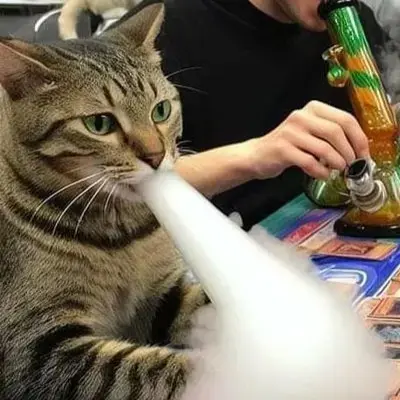It’s my understanding that fruits typically are made to be consumed, in the sense that it benefits the evolution of the plant. An animal eats the fruit and perhaps some seeds along with it, the seeds don’t get digested and end up in soil somewhere further than the plant could spread on them on its own.
How do pineapples fall into this mix? They’re practically impossible to eat without tools, and it looks like it’s by design. It also bothers me that they’re not as easy to eat as apples.
How would this be beneficial to the evolution of the species?
It’s probably fairer to say, ‘It’s hard for me to get into’.
Rodents and animals like pigs and cows and horses and deer and goats and such are primary seed spreaders, and if you’ve ever dealt with a rat or a pig or goat, you know there’s absolutely nothing they can’t eat: plants, fruits, wood, metal…
We’re bad at it, but shockingly humans aren’t the best at everything ;)
(Also: be careful, because the pineapple is just as interested in eating you as you are in eating it.)
Aren’t the best at everything *without tools. We don’t got many built-in tools.
(Also: be careful, because the pineapple is just as interested in eating you as you are in eating it.)
Are you talking about the bromelain? It rapidly makes milk and milk products bitter and also irritates the mouth.
Shockingly, they were bred to be easier to handle and fit a can shape.
Imagine what the original varieties looked like.
Imagine what the original varieties looked like.
Likely similar to this:

I would also suggest an alternate hypothesis. Sometimes the function of a fruit might not be to attract seed spreaders, but to provide an environment in which the seed can thrive around germination. I don’t know that this idea would make sense for pineapples, but it is often true for other fruits.
fruits typically are made to be consumed, in the sense that it benefits the evolution of the plant
I suspect some fruits are made so that only particular spreaders can/will eat them. Like some flowers are shaped to allow certain pollinators and exclude others.






